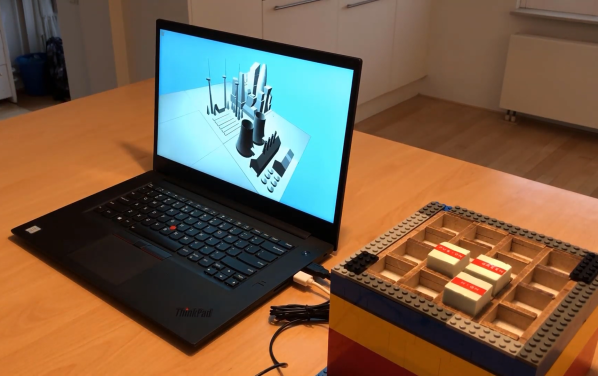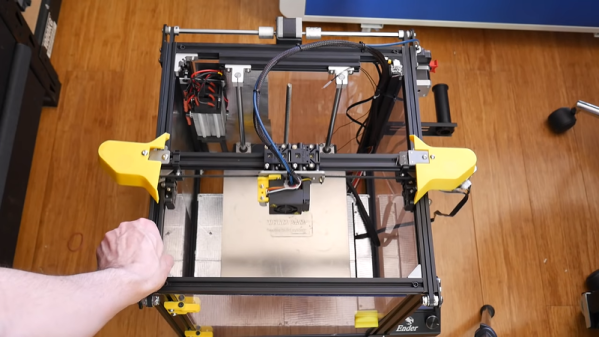For those of us who were children in the late 80s and early 90s, we may have dreamed of one day owning a gigantic tractor trailer that could transform into a colossal fighting robot. Or of simply having a toy that could approximate this change from one form into another. As adults, though, we have come to realize that this is wishful thinking. That is, unless we decide to build this transforming bicycle.
What starts out as a slightly unusual-looking low rider-style bike effortlessly turns into a tall bike by means of a gas cylinder fixed to the bike’s rear triangle. The bike started out as a full suspension mountain bike, but the rear spring was removed to make room for this cylinder. The pivoting action of the rear triangle in a mountain bike is the key design element here: it allows the frame to change shape easily, in this situation when pushed by the cylinder. Adding some longer forks in the front and a coat of paint finishes the build.
This bike was entered in the Make It Move contest on Instrucables, and has gotten some pretty wide recognition so far. It’s a unique bicycle to be sure, and we’ve seen a few. From Russian offroad electric utility bicycles to bicycles that keep drivers from speeding down roads, there have been lots of interesting bike-based builds.

















